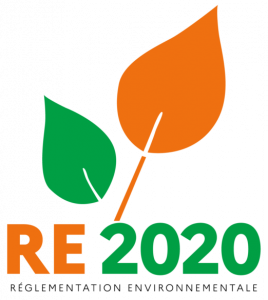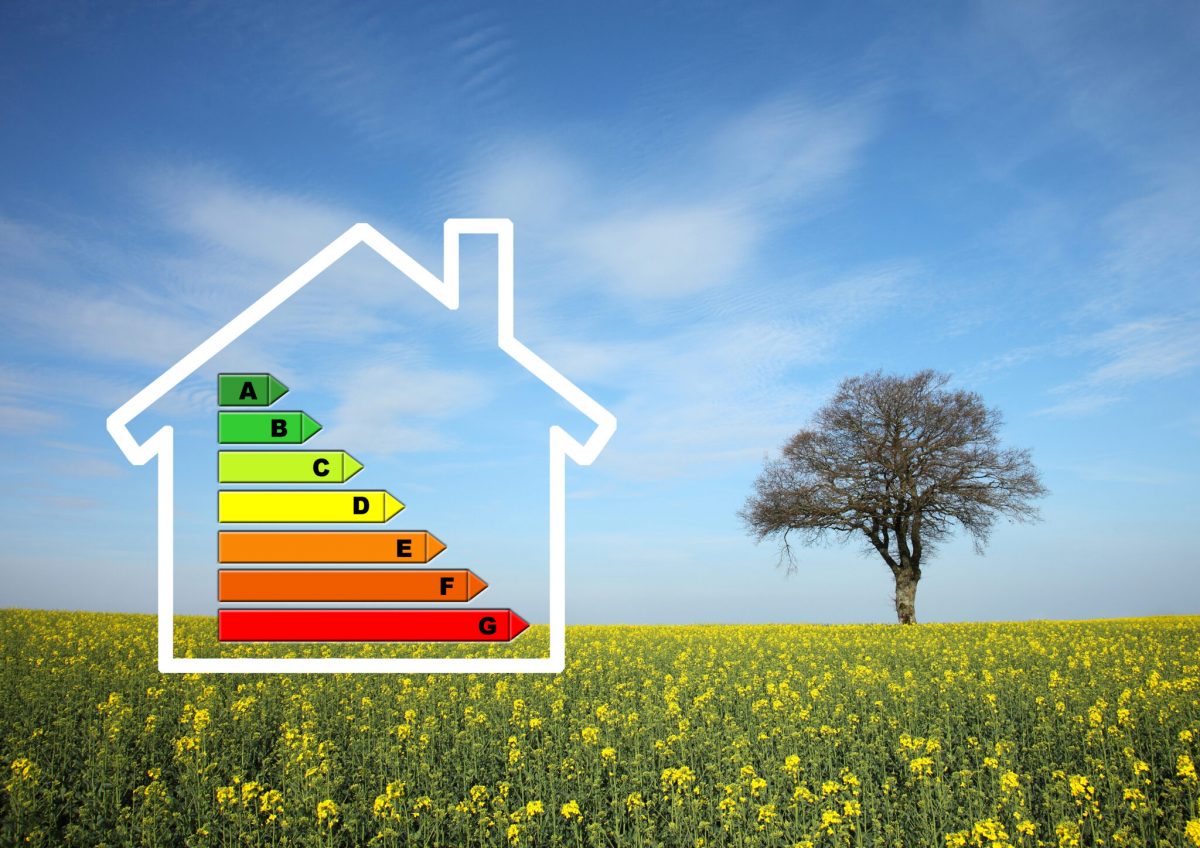Come and visit the construction site of the new offices of the Ligue contre le Cancer.
On January1, 2022, the RE2020 standard came into force, replacing the RT 2012, whose main objective is to reduce energy consumption in the home. The RE2020 will take up the same objectives, but will focus more on environmental and energy aspects. Only new buildings are concerned. Consequently, the construction of single-family homes will be greatly impacted by this new standard. Its adoption will bring about a gradual transformation towards the construction of passive houses.
The experts atEUROMAC2France's leading manufacturer of insulating materials for passive construction , present in France and Europe, have perfectly integrated these new challenges and explain how the RE2020 will steer construction towards a passive mode.

What are the differences between RT 2012 and RE2020?
Coming into force on January 1, 2022, the Environmental Regulation 2020 replaces the Réglementation Thermique 2012. Its adoption is more in line with the environmental challenges facing the real estate construction sector. For the record, RT 2012 is essentially aimed at limiting the energy requirements of all housing. The RE2020, an evolved form of the RT 2012, , goes much further and thus presents some notable differences:
- Reducing greenhouse gas emissions throughout the life cycle of the home, from construction to demolition.
- Use of bio-sourced materials in new construction, as they are low-carbon and therefore more respectful of the environment. It is important to emphasize that the use of these materials is not immediate, but will be phased in over several years: 2025, 2028 and 2031.
- Reduced installation of gas-fired boilers in favor of heat pumps, which allow energy to be renewed. In the case of single-family homes, pellet boilers and electric heating systems are permitted.
- Consideration of summer comfort, with a discomfort temperature not to be exceeded over a given period of time
The RE2020 strongly encourages the construction of passive houses, with both economic and ecological objectives. These objectives are to generate as few greenhouse gases as possible and to be energy-efficient, thanks in particular to the use of insulating materials right from the design stage. Passive houses can also be designed to produce more energy than they consume. In this case, the house becomes positive or BEPOS.
How does EUROMAC2 integrate RE2020 into the construction of passive houses?
For over 45 years, we have been building passive houses with an ecological dimension. We have integrated the requirements of RT2012 and RE2020 into our construction approach. The EUROMAC2 passive house construction system meets the requirements of today's standards. What's more, our system has been awarded the German Passivhaus label, attesting to its energy performance.
We use materials with exceptional constructive performance, ready for RE2020.
Theexpanded polystyrene (EPS) is a material with numerous advantages for the construction of low-energy buildings. Not only is it very light and easy to handle, it is also highly resistant to compression. For insulation, it has a low thermal conductivity index and is therefore highly insulating. This enables it to provide thermal insulation for the whole house. It's also easy to install and can be adapted to different types of construction.
RE2020 calls for improved thermal insulation. This can take the form of better insulation of low floors and roofs, but also of optimizing the building's thermal inertia to protect against both cold and heat.
Will new regulations encourage innovation in construction?
New buildings will have to meet targets for drastically reducing greenhouse gas emissions, as well as energy efficiency objectives. New buildings will have to be more energy and carbon-efficient. But it will also have to produce more energy than before to meet its own needs. The energy uses chosen for the RE2020 are heating, cooling, domestic hot water, ventilation, lighting and the powering of elevators, garages, parking lots and escalators.
To achieve these objectives, the RE2020 requirements have been tightened for carbon emissions from new buildings.
The carbon footprint of construction materials and products is reduced through the use of bio-sourced materials (wood, hemp, etc.), by reducing the use of hazardous substances in the building industry, and through eco-design. The RE2020 also sets the objective of improving the energy performance of buildings by 2020, by integrating greenhouse gas emissions linked to their energy consumption, as well as their emissions of atmospheric pollutants, notably volatile organic compounds.

Complying with RE2020 means making construction more eco-responsible.
In practice :
to obtain HPE rénovation or BBC rénovation certification (or "low-energy building" level), certain materials must be used (insulation, joinery, heat pump, ventilation, etc.)
To obtain HPE construction or BBC construction certification (or "low-energy building" level), certain equipment must be used.
To guarantee HPE or BBC certification, buildings will have to use at least one renewable energy source.
For heating and cooling, RE2020 requires homes to be energy positive. This obliges building owners to use more innovative and environmentally-friendly energy systems, such as :
- heat pumps or hybrid boilers
- wood heating and district heating networks
- solar combisystems, etc.
What is EUROMAC2's vision of RE2020?
The passive house was ahead of its time compared to the RE2020. For over 45 years, we've been tackling the challenges of reducing energy consumption in single-family homes, even before the various regulations were published (RT2005, RT2012...then RE2020). The principle behind passive house construction is the use of high-performance, eco-responsible materials. A passive house is an energy-efficient house. The three main principles of the RE2020 are in line with this principle.
- Energy efficiency and sobriety
- Decarbonization of energy (carbon emissions must remain very low, or even negative)
- Summercomfort.





